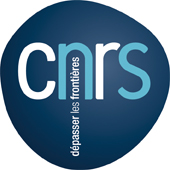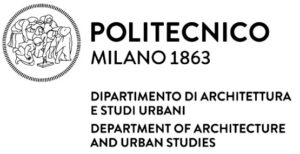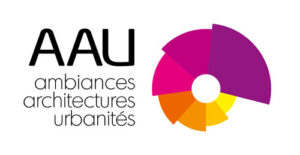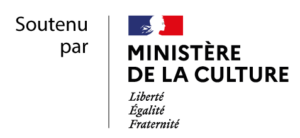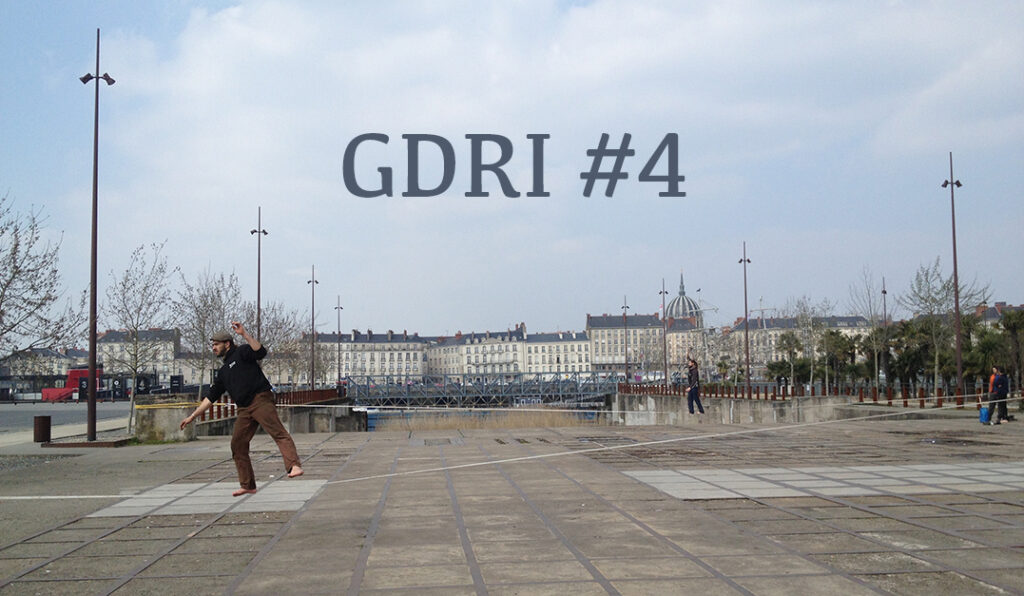
Location
Milano, Italia
Translating Ambiances – 2014/2017
This CNRS International Research Group (GDRI) was initiated by the International Ambiances Network to explore the issue of ambiances in translation. The word ‘translation’ should be taken in the broad sense of the term, and not reduced to a strictly language-based meaning, though this aspect is obviously present in the project, indeed a key component. By putting the accent on translation, our purpose is to acknowledge the plurality of versions of and means of access to ambiances, to bring into play the notion of ambiance by situating it in a collaborative process; and to address the topic of architectural and urban ambiances by looking at the disparities and shifts this topic involves.
Furthermore, by investigating ambiances in terms of translation, we draw together several strands:
- We stand at the meeting point of science, enterprise and art. The translations carried out as part of the project will draw on learning, methods and resources from these three worlds.
- Overall we propose to adopt a pragmatic posture. We intend to use experimentation in our work on ambiance, focusing on the effects produced, the consequences and movements of this notion.
- The translation problématique serves as both a point of entry to the topic of ambiances and as a collaborative working principle for our inquiry. With regard to methodology our approach will involve ‘putting ourselves in translation’.
The idea of using ‘translation’ as a point of entry may be developed in four ways:
Translation in terms of language: clarifying the concept of ambiance
The first form of translation consists in looking for words in other languages equivalent to the French term ‘ambiance’. Obviously there is no exact equivalent for the word in English, Italian, Danish or Portuguese. So any translation work must focus on the differences between cultures and bring into play the ‘linguistic hospitality’ advocated by Paul Ricoeur. Putting the foreign language to the test in this way therefore means giving up the pretence of a perfect, literal translation, and adopting in its place a series of reformulations. In looking for equivalents and wondering which is the best possible version, a new semantic field opens on each occasion, revealing new ways of dividing up reality, while requiring us to clarify as much as possible our understanding of the term ambiance, which in turn reveals the potential and limits of the French word. In short language translation turns into a heuristic means of deconstructing the concept, of highlighting its implicit content, but also uncovering as yet unexplored resources and broadening the scope of its meaning. In short, our purpose here is to achieve greater clarity.
Translation in terms of discipline: exploring scientific bridges
The second form of translation involves creating the conditions for exchange and contribution between separate disciplines, which nevertheless have a stake in the matter of ambiance. We may legitimately ask how models of understanding, methods and styles of writing as different as those associated with sensory anthropology, computer modelling, architecture, urban studies, applied physics or indeed fine art, can try to agree and meet, perhaps even cross-breed and engage in fruitful dialogue on the sensory world. Here the interdisciplinary concept of a sound effect, as developed by Cresson, may certainly serve as a guideline or benchmark for establishing the conditions for such dialogue. However, our purpose is not so much to attempt, collectively, to build a single, definitive interdisciplinary tool as to explore more modestly various bridges, areas of agreement and transverse commonalities between the various approaches involved.
Translation in terms of the senses: experimenting multimodal forms of expression
Our third form of translation consists in building experimental bridges between senses. One of the blind spots of the ambiances concept hinges on the question of plurisensoriality, or better still of in situ intersensoriality. A great deal of work has been done focusing on one specific sensory modality: light, sound, smell or heat. So there is every reason to ask how the relation between various sensory modalities works, both in terms of inhabiting experience and of design, how one modality can link up or resonate with another. The audio-visual link is of course the one that first comes to mind (with resources derived from cinema in particular) and it will obviously be used. But we would rather not restrict ourselves to just the relation between images and sounds. We shall consider other sensory modalities, such as odour or heat, which are equally important to ambiance and test the resources at our disposal to express or represent them. In this respect the art world should play an important part.
Translation in professional terms: in quest of modus operandi
The fourth form of translation aims to investigate the scope for exchange and circulation between the world of research and that of architecture and planning. How do the various players tasked with designing and developing private and public space grasp the field of ambiance. What tools, transfers and processes are brought into play to make the ambiance concept operational in a professional framework?
The aim here is to look at how the field of ambiances is transformed and hybridized as soon as it comes into contact with design practice and development constraints. We shall draw on the experience of each team to put into perspective the various contexts, applications and uses of the ambiance concept. This form of translation will deliberately focus on a forward-looking approach, in search of new modus operandi for design.
The four levels of translation are central to the project. By placing ourselves between languages, disciplines, senses and activities we can set up a process of investigation (in the strongest sense of the term) capable of taking account of the complexity of the field of ambiances, and of the scientific and cultural diversity of the teams involved.
By focusing on operations designed to clarify, explore, experiment and look to the future, we can assess the possibility of a pragmatist attitude to ambiances. In this respect our purpose is not so much to take stock of existing learning or to stop at a single model for making sense of ambiance, but rather to put to the test a field of research and action that is in the process of taking shape.
Scientific Officers:
- Jean-Paul Thibaud, AAU-CRESSON, Graduate School of Architecture of Grenoble | International Ambiances Network
- Daniel Siret, AAU-CRENAU, Graduate School of Architecture of Nantes | International Ambiances Network
Support:
Professional translations
This CNRS International Research Group (GDRI) was initiated by the International Ambiances Network to explore the issue of ambiances in translation. The word ‘translation’ should be taken in the broad sense of the term, and not reduced to a strictly language-based meaning, though this aspect is obviously present in the project, indeed a key component. By putting the accent on translation, our purpose is to acknowledge the plurality of versions of and means of access to ambiances, to bring into play the notion of ambiance by situating it in a collaborative process; and to address the topic of architectural and urban ambiances by looking at the disparities and shifts this topic involves. The fourth form of translation aims to investigate the scope for exchange and circulation between the world of research and that of architecture and planning. How do the various players tasked with designing and developing private and public space grasp the field of ambiance.
What tools, transfers and processes are brought into play to make the ambiance concept operational in a professional framework?
The aim here is to look at how the field of ambiances is transformed and hybridized as soon as it comes into contact with design practice and development constraints. We shall draw on the experience of each team to put into perspective the various contexts, applications and uses of the ambiance concept. This form of translation will deliberately focus on a forward-looking approach, in search of new modus operandi for design.
The four levels of translation are central to the project. By placing ourselves between languages, disciplines, senses and activities we can set up a process of investigation capable of taking account of the complexity of the field of ambiances, and of the scientific and cultural diversity of the teams involved.
By focusing on operations designed to clarify, explore, experiment and look to the future, we can assess the possibility of a pragmatist attitude to ambiances. In this respect our purpose is not so much to take stock of existing learning or to stop at a single model for making sense of ambiance, but rather to put to the test a field of research and action that is in the process of taking shape.
Participants
Polytechnic of Milan (Italy) – DAStU – Lab. di Simulazione Urbana ‘Fausto Curti’ (labsimurb)
- Cecilia Chiarini
- Eugenio Morello
- Barbara E. A. Piga
- Rossella Salerno
- Irene Vegetti
University of Milan (Italy) – Department of Cultural Heritage and Environment
- Marco Boffi
- Nicola Rainisio
Graduate School of Architecture of Nantes (France) – Lab. AAU / CRENAU
- Daniel Siret
- Thomas Leduc
Graduate School of Architecture of Grenoble (France) – Lab. AAU / CRESSON
- Jean-Paul Thibaud
- Rainer Kazig
Université de Cergy – Pontoise (France) – Department of Geography and History
- Damien Masson
Aarhus School of Architecture (Denmark) – Department of Urban Planning, Institute of Landscape and Urban Development
- Niels Albertsen
École d’Architecture de l’Université Laval (Canada) – Groupe de Recherche en Ambiances Physiques (GRAP)
- Claude MH Demers
- André Potvin
Université du Québec à Montréal – UQAM (Canada) – École des Arts Visuels et Médiatiques
- Mario Côté
Federal University of Bahia (Brazil) – Laboratório Urbano (PPG-AU/FAUFBA)
- Osnildo Adão Wan-Dall Junior
Muthesius University of Arts, Kiel, Germany
- Imme Bode
University of Biskra (Algeria) – Department of Architecture – LACOMOFA
- Yacine Saadi
- Safa Daich
Outcomes of the seminar ans workshop
The main focus of the GDRI 2017 in Milan was the translation of theories and practices related to the Ambiances’ researches into professional terms. More in detail, the goal was to share among the various players how do they deal with the ambiances topic and which tools and processes are brought into practice to make the concept operational in the professional framework.
With the aim of investigating the exchange and circulation between the world of research and the one of architecture and planning the three days of collaboration were organized in two main parts, namely a seminar and a workshop.
Three invited speakers coming from different disciplines, and not belonging to the GDRI, were invited for presenting their approach to the ambiances topic and its implications in the practice. Tonino Griffero, a philosopher teaching aesthetics at Roma Tor Vergata university, presented its investigation on pathicity and atmospheres, atmospheric games and atmospheric authority, focusing the attention on the relationship between atmospheres and the body. Paolo Inghilleri, a social psychologist teaching environmental and cultural psychology at the Università degli Studi di Milano, presented the relationship between inter-subjectivity and the environment, and hence the link between atmospheres and the quality of the experience through theories and case studies applications; Roberto Gigliotti, an architect teaching exhibit design at the Libera Università di Bolzano, presented the topic of exhibitions ant their atmospheres as a multisensory narrative, where the subject of the exhibition becomes the space itself and hence the architectural experience. A rich interdisciplinary debate followed the presentations.
The second part of the GDRI was devoted to a practical workshop among colleagues coming from different universities and disciplines. The goal of exchanging theories and modus operandi adopted by the different research units were reached thanks to a group work on a case study application, that is the Porta Nuova area in Milan. The workshop was articulated in three main phases:
- an individual experiential walk in the area and the onsite collection of photos, sketches and similar;
- the work in teams based on the onsite experience for defining a common interpretation of the area and for elaborating a final representation;
- the presentation of the outcomes to the colleagues and a final general discussion.
The collaborations between researchers with different approaches and backgrounds represented a way to better understand the theoretical perspective and methodology of investigation by each one, and to cooperate to find novel integrated modalities. The process of sharing viewpoints and to collaborate in an interdisciplinary way for analyzing and proposing scenarios of transformation for a specific urban environment was the fundamental aim of the workshop. More in detail, the goals of the practical work were to define:
- an individual interpretation of the ambiance of the place as it is;
- a perspective of what the ambiance of a place could be or become in the future;
- a set of materials to describe and communicate the experienced ambiances.
By focusing on the linkage between research and practice we could investigate the possibility of a pragmatic attitude to ambiances that puts the fields of research into action.
The presentation of the workshop outcomes was the occasion for exchanging the experiences among the teams and the starting point of the final debate on the “translating ambiances” topic, its relevance and the need of further interdisciplinary collaborations.

